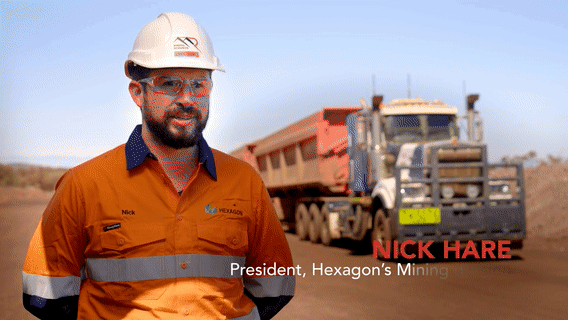Mining doesn’t get a great reputation for sustainability efforts, but many global initiatives require an abundance of raw materials to produce solar and wind technologies as well as other sustainable infrastructure. This means the industry will play a greater role in achieving a sustainable future.
A recent article from the journal Earth Science Systems and Society outlines how mining practices can be better aligned with the UN’s Sustainable Development Goals. The authors make a case for “weak sustainability,” which acknowledges that mining non-renewable resources may never be fully eliminated and aims to set realistic, achievable goals to mitigate the impact.
Ultimately, improving governance of mining activities is a critical first step to mitigating the effects of mining activities. So many diverse stakeholders are invested in the mining process, from the individual companies to the local communities to financial institutions and international policymakers. Decisions and compromises must be made at every level to ensure a sustainable future.
This is where technology and data play a crucial role in decision-making by tracking inefficiencies in mining activities. Sensor technology has advanced to a point where key stakeholders can see data from all parts of the mining process, from mine planning to material movement and production. The insights made from this data can help build more sustainable practices
Here are a few examples of how Hexagon’s technologies are creating a sustainable future for mining operations.
Planning sustainably
Hexagon offers some of the most comprehensive mine planning software in the industry. Working with advanced optimization algorithms, modern planning can take into consideration environmental constraints, such as waste dump location, slope height and angle and other factors to minimize the impact to the environment.
In New Caledonia, home to a UNESCO heritage site, mines must adhere to strict environmental regulations to help preserve the surrounding ecosystems. This means the mines must manage material efficiently and backfill the pit with previously mined waste material.
Scenario planning and cut-back scheduling can ensure the vital ore is extracted efficiently, minimizing the mine footprint and environmental impact. This can all be achieved using HxGN MinePlan 3D and Schedule Optimizer.
Operating efficiently

The Optimizer tool in OP Pro 3.0 takes a wide range of user- and system-defined parameters to calculate optimal assignments and reduce inefficiencies.
Fleet management systems such as HxGN MineOperate OP Pro can help mines utilize their equipment for the highest efficiency. Each liter of diesel required to move material is optimized to ensure the most tons per liter is achieved. These algorithms ensure less idle time in haul trucks, less hang time in excavators and wheel loaders.
At Adaro’s PT Saptaindra Sejati in Indonesia, a three-month trial of OP Pro 3.0 yielded tremendous results, reducing the number of haul trucks per fleet by two, increasing productivity from 91.88% to 103.44% of the plan, and reducing loader hangtime to seven minutes.
The long-term benefits provide mines with a tangible way to operate more efficiently while reducing the carbon footprint associated with these activities.
Operating precisely
Autonomous technologies enable these efforts to be optimized, repeatable and precise, ensuring the plan is held to action. The equipment runs optimally and effectively, extracting ore in the most sustainable way possible.
Extracting and transporting materials to processing is becoming more difficult as known ore deposits are depleted and mines need to extract resources from more remote areas.
Hexagon partnered with Mineral Resources Limited (MRL) to bring the world the first autonomous road train. Transport routes are optimized by this haulage solution to reduce emissions, minimize environmental impacts related to labor travel and short-term housing, increase payloads, and streamline production.

MRL conducted a successful demo run in the Pilbara, Australia, and moved 900 tonnes of iron ore with a platoon of three road trains.
The world needs mining to enable a sustainable future. Copper, rare earths, lithium, cobalt, and many other minerals are needed to move from a carbon-based world to a sustainable future.
During HxGN LIVE Global’s Intelligent Mining Summit, sessions will provide more detail on how technology can help the mining industry operate more efficiently and reduce the impact to the environment. Join us next week to learn how leveraging technology can help reach a sustainable future.















